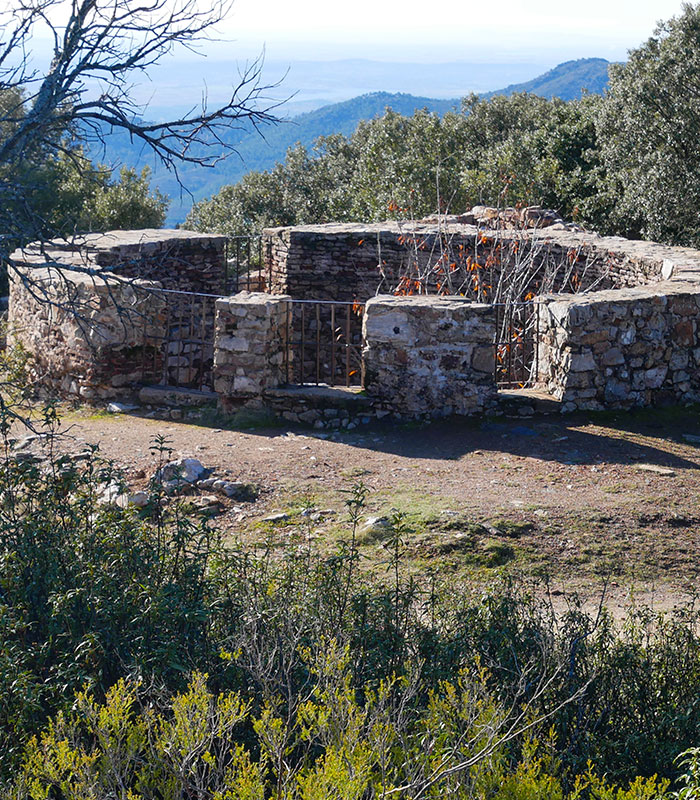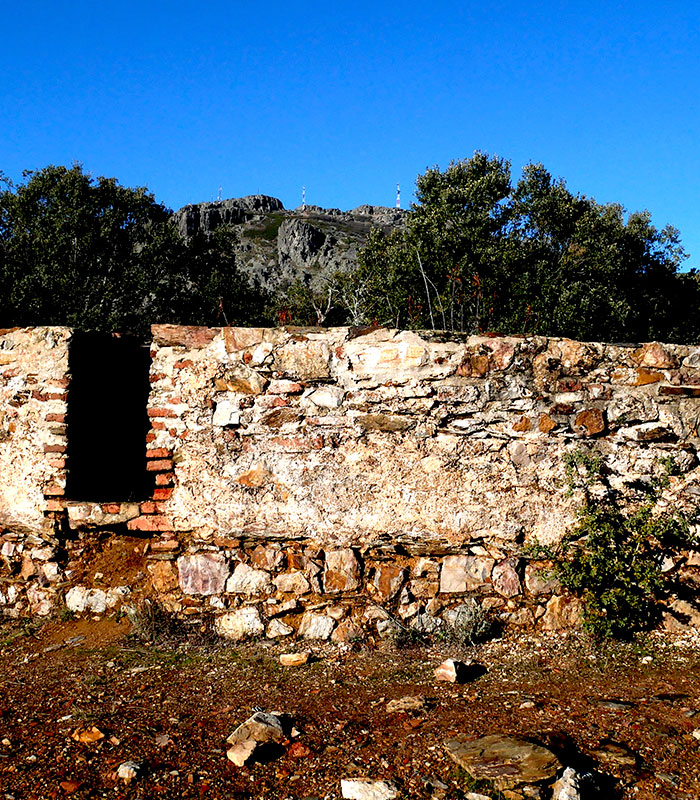Having ice available all year round was a major challenge for our ancestors. The outstanding construction of the Pozo de la Nieve (Snow Well) demonstrates not only the engineering efforts made by the Hieronymites in order to have ice in their hospitals but also the efficient logistics system which they organised to make it possible. Only in this way could they face the unlikely challenge (from the current point of view) of having ice available during the Extremadura summers of centuries ago. The Pozo de la Nieve still exists in the vicinity of Guadalupe on the trail which gives access to the crag of La Villuerca to evoke the times when having something as basic for us as ice was a real luxury.
The so-called snow wells were built as early as Roman times. They basically consisted of large dry wells which served as an insulation chamber for storing snow or ice during the winter so as to be able to use them in the summer. The Pozo de la Nieve of Guadalupe was built by the Hieronymite monks in about the 17th century to supply the Real Monasterio and its dependent hospitals with ice. Its use was particularly important in the research of the monastery’s medical school. Ice was then the only way of keeping cool certain kinds of food and some medicines.
As the Pozo is located at an altitude of over 1,300 metres, it was guaranteed that the storehouse of the valuable ice would not be exposed to the high temperatures reached during the summer months in lower lands. To be precise the Pozo de la Nieve is located where the municipal districts of Guadalupe, Cañamero, and Navezuelas meet and very near the borders of those of Alía and Villar del Pedroso, which makes it a very important location for the inhabitants of the area.

